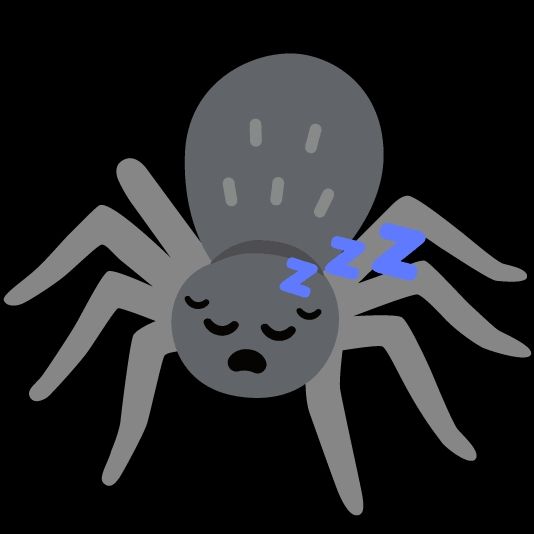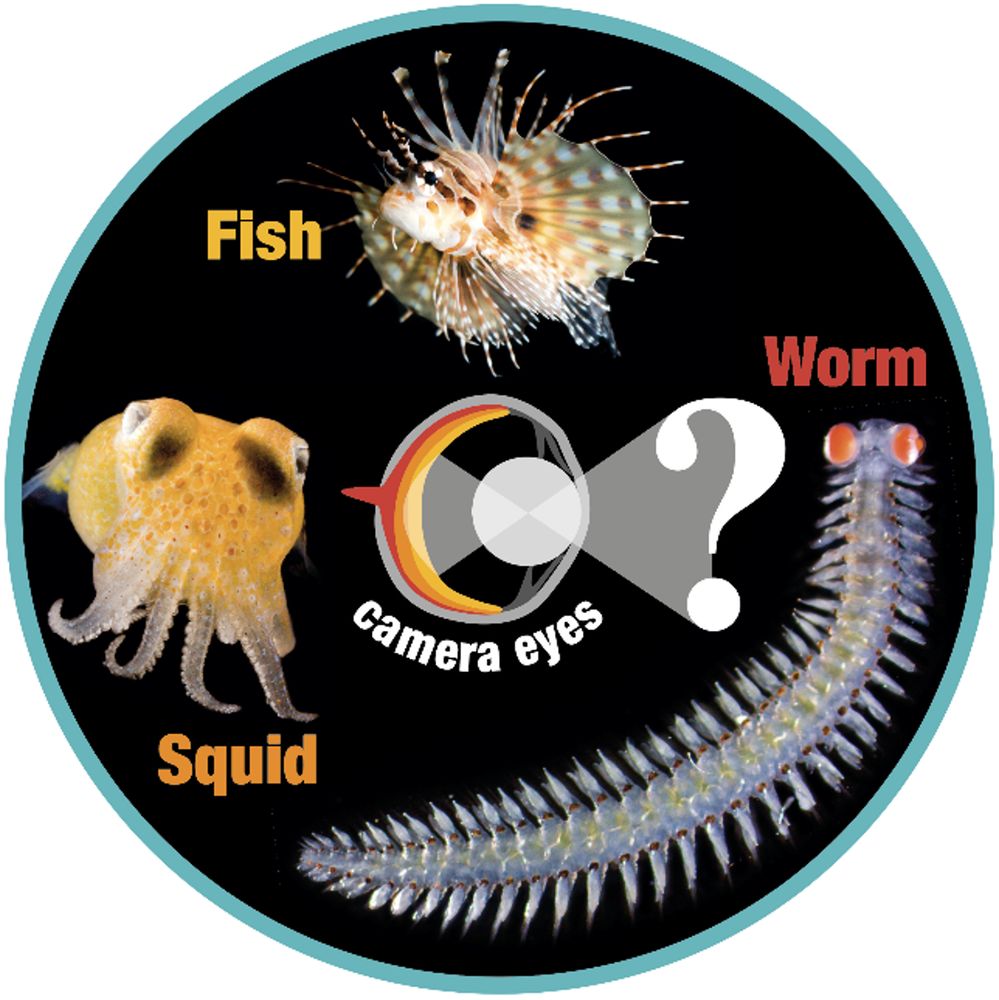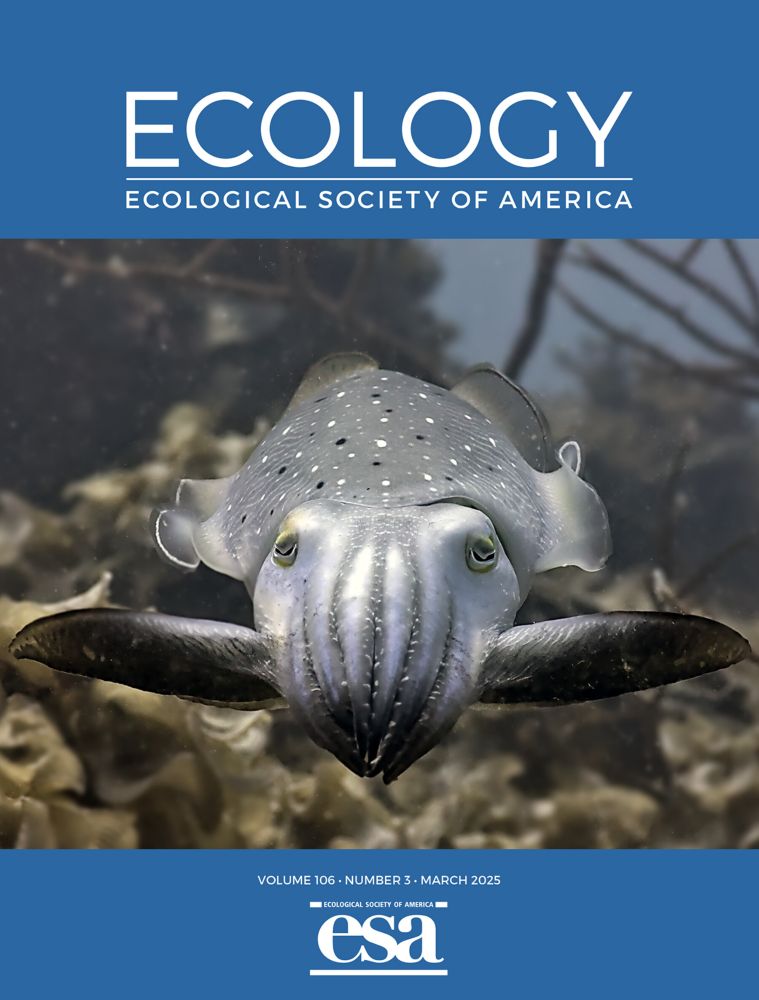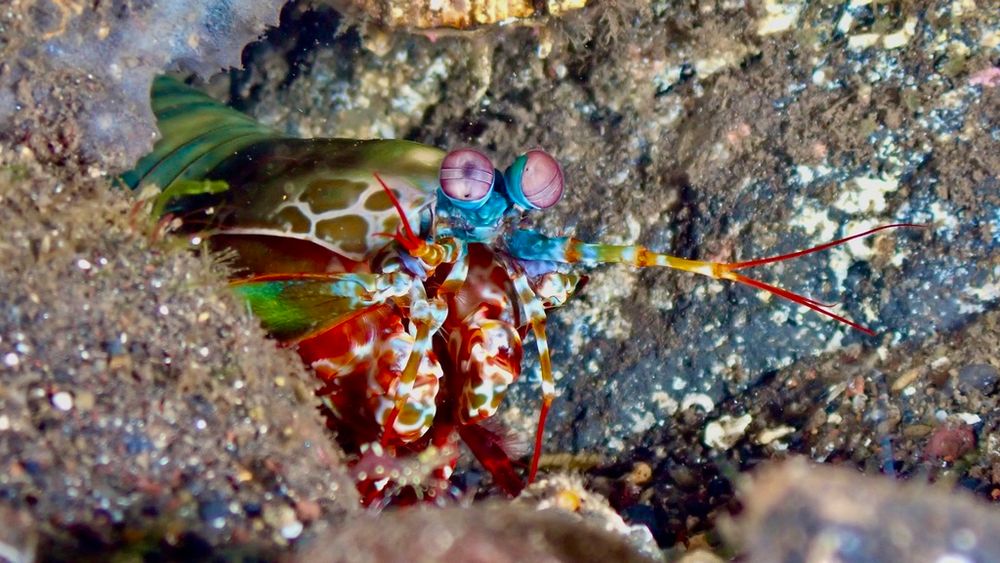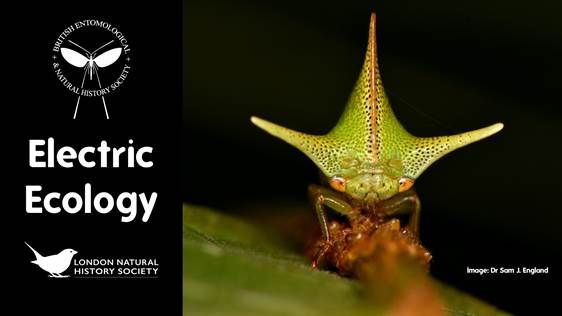Michael Bok
@mikebok.bsky.social
1.1K followers
220 following
42 posts
Biologist at Lund University, Sweden. Interested in the evolution and function of vision in invertebrates. Middling photographer.
Posts
Media
Videos
Starter Packs
Reposted by Michael Bok
Reposted by Michael Bok
Reposted by Michael Bok
Reposted by Michael Bok
Reposted by Michael Bok
Reposted by Michael Bok
Michael Reiser
@michaelreiser.bsky.social
· Mar 27

Connectome-driven neural inventory of a complete visual system - Nature
A connectome of the right optic lobe from a male fruitfly is presented together with an extensive collection of genetic drivers matched to a comprehensive neuron-type catalogue.
www.nature.com
Reposted by Michael Bok
Reposted by Michael Bok
Rebecca Sear
@rebeccasear.bsky.social
· Mar 17

On the responsibilities of intellectuals and the rise of bullshit jobs in universities
You may never have considered yourself to be one. Why would you? But if you’re reading this, there is more than a likelihood that you are one. If you’re a
academic.oup.com
Reposted by Michael Bok
Reposted by Michael Bok
Reposted by Michael Bok
Reposted by Michael Bok
Reposted by Michael Bok
Reposted by Michael Bok
Reposted by Michael Bok
Michael Bok
@mikebok.bsky.social
· Jan 9
Michael Bok
@mikebok.bsky.social
· Jan 9
Reposted by Michael Bok






